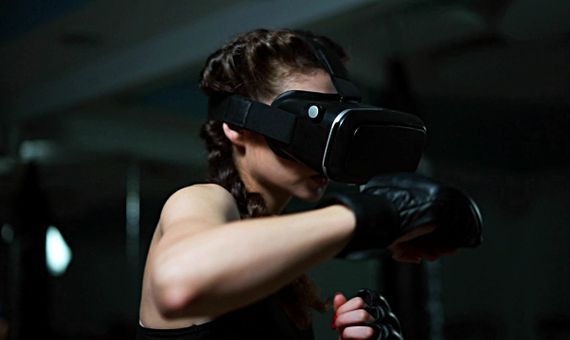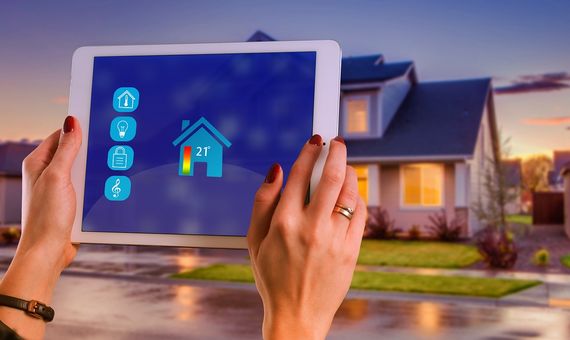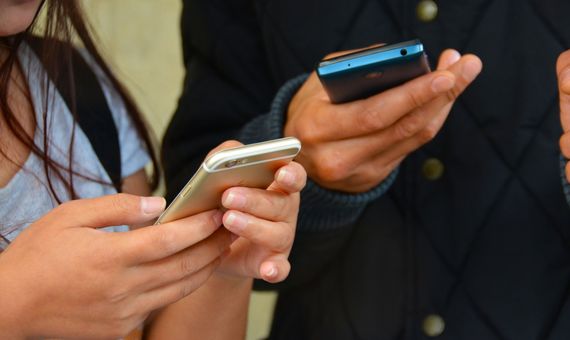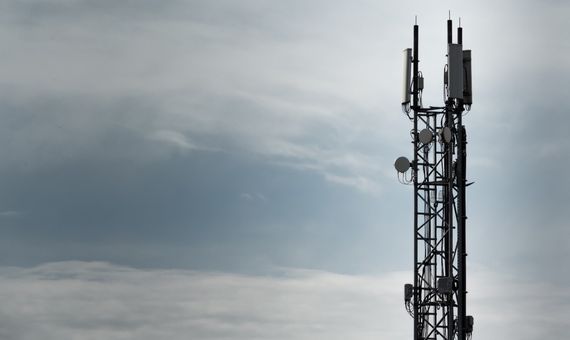It was 10pm when Elaine Herzberg tried to cross an avenue while pushing a bicycle in the city of Tempe, Arizona (United States). She did not use the pedestrian crosswalk, the traffic light was green for the cars and then the worst happened: the woman was hit by a Volvo XC90 that was being autonomously driven. Herzberg died later in the hospital, becoming on 18 March 2018 the first recorded case of a pedestrian fatality involving a self-driving car. Now, the arrival of a new technology promises to eradicate this type of risk and change other aspects of life as we know it today: the fifth generation of mobile telephony, known as 5G.
According to MIT Technology Review, 5G represents a “technological paradigm shift similar to the jump from the typewriter to the computer.” The expectation is that this technology will have a data processing speed up to 20 times faster than 4G, providing a level of connectivity never before seen.
But although 5G will allow us to download videos or stream movies more quickly, these will not be its main advantages. In the case of autonomous cars, for example, industry enthusiasts believe that 5G will allow vehicles to detect hazards better, communicate with other cars, interact with smart signage and follow maps more accurately. “5G-based solutions will not have to operate as islands, but as components of a much larger and substantially connected traffic system,” says Sandeep Kalra, vice president of HARMAN, Samsung’s subsidiary company of car audio and entertainment.
Virtual reality, smart homes and health
The main triumph of 5G will be, perhaps, to promote and convert into everyday reality other technologies already existing and very promising, but that have not taken off completely. These would include virtual reality (VR) and augmented reality (AR), both very dependent on bandwidth. In addition to immersive games, these technologies will be useful in sports, according to the experts. A football player, for example, could use a camera mounted on his head to convey his point of view, in real time, to users wearing a VR helmet.

In terms of AR, which superimposes digital data onto real-world images, once 5G is able to send and receive information in real time, the number of applications is almost unimaginable. Some of the first and simple examples in this regard include the projection of emails and text messages or the visualisation of a virtual television in the living room of the house. “VR and AR helmets are now available, but 5G is the only way to use them safely on a mobile network and with other devices,” says Tim Fischer, technology consultant. “In addition, with almost instantaneous access to the cloud where everything can be processed remotely, these devices can be made smaller and smaller.”
On a day-to-day basis, the most immediate effects of 5G may be noticed at home. With the capacity to support up to one million devices connected in an area of two square kilometres, this technology will allow all the appliances of a smart home to work automatically, without having to program them. The network can detect problems such as gas leaks and send an emergency call. The home with 5G will also be beneficial for the environment, according to Mantosh Malhotra, president of Qualcomm Technologies: “For example, connecting household service meters to a central network would allow energy suppliers to intelligently detect and respond to peaks in energy use.”

5G will also have applications in the field of health. According to MIT researchers, a drastic expansion of the “Internet of Things” is expected in wearable devices capable of measuring the heart rate or sugar levels of the patient and transmitting the data in real time to healthcare professionals.
Limitations and threats to cyber-security
However, the experts warn that before 5G changes the world, it will be necessary to overcome some limitations. The first and most essential involves the actual hardware. “A problem that hasn’t received much attention yet is whether subscribers using 5G for a fixed wireless connection can install the equipment themselves or will need professional assistance,” says technology consultant Carl Weinschenk. “Another practical problem is the physical nature of the equipment, which is often expensive, fragile and bulky.”

An additional obstacle will be the reach of the signal. According to Ramjee Prasad, director of the Center for TeleInFrastructure of the University of Aalborg (Denmark), “the data will travel on the highest radiofrequencies, which means that the transmission range will be short. The shorter wavelengths suffer more as they pass through buildings and overcome obstacles. As a result, the transmission network will need more capillarity.” This means that 5G will require more antennas, base stations and fibre optic cable than the previous 4G technology, which in turn will make the implementation more expensive.
Prasad adds that the standardisation of 5G will have to clarify some uncertainties, such as those related to new threats to cyber-security. Once 5G is incorporated into everything from hospitals to transportation systems to power plants, it will quickly become part of the crucial national infrastructure of each country. This will make the consequences in the event of failure or sabotage by a cyber-attack significantly more serious.

As high-speed Internet becomes increasingly accessible, the number of devices on the network will grow, from traditional mobile and broadband connections to advanced medical equipment. The Mobile Operators Association (GSMA) predicts that the number of devices connected to the Internet will triple by 2025 to reach 25 billion, and the larger the network, the more opportunities there are for hackers.
The greater the size of the network, the greater its complexity, with more parts that need to be protected. “One of the biggest changes of 5G is the ability to distribute the power of advanced computing to other parts of the system that were normally maintained in the protected core of a network,” Prasad explains. “This means that engineers will no longer be able to clearly segregate sensitive and less vulnerable parts of the system.” This can have political consequences: for example, the United States and other countries have warned that equipment manufactured by Chinese companies such as Huawei, accused by Washington of espionage, will have access to protected information. Without a doubt, the transition to 5G will bring with it the challenges of any technological revolution.
Comments on this publication